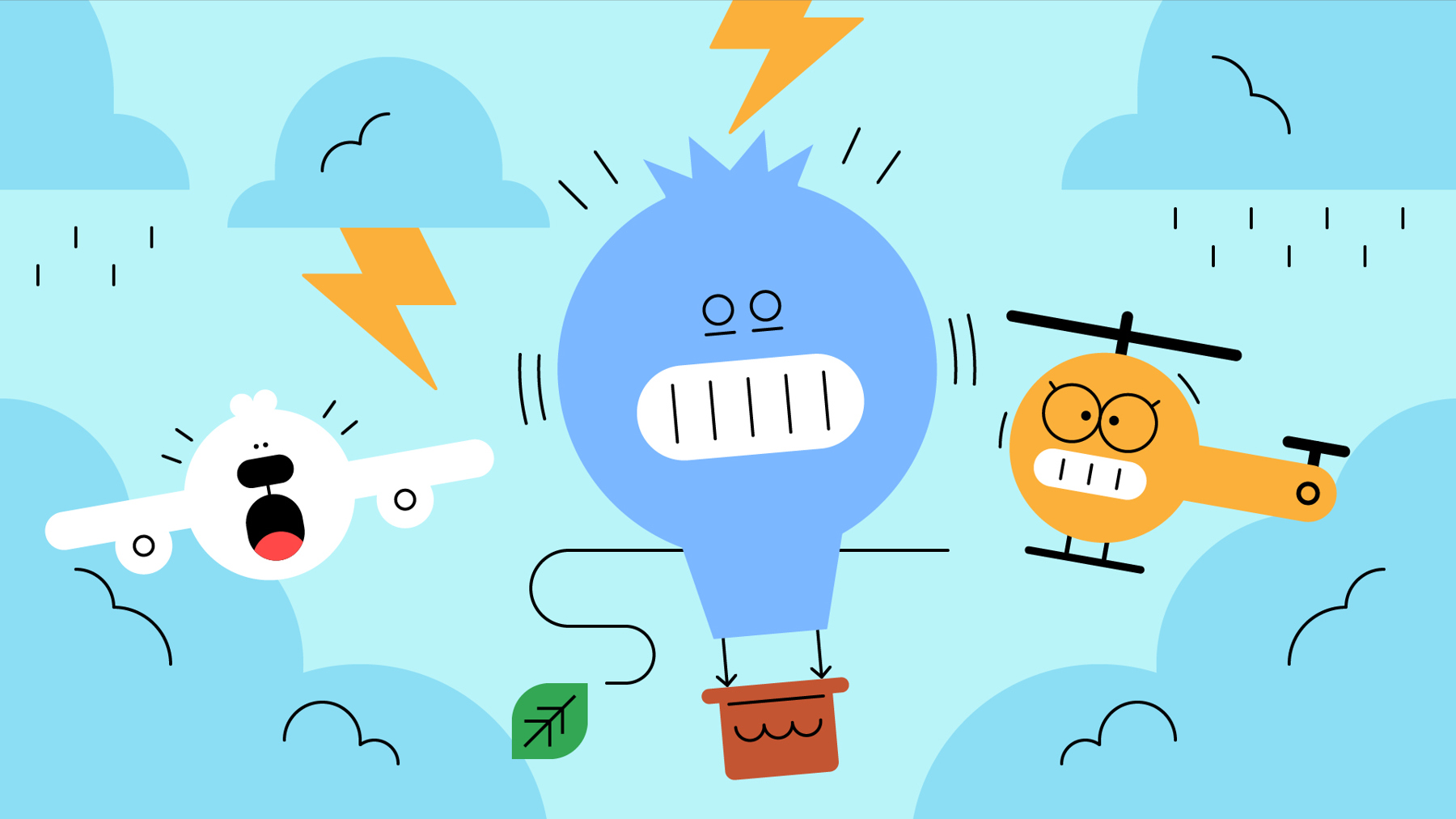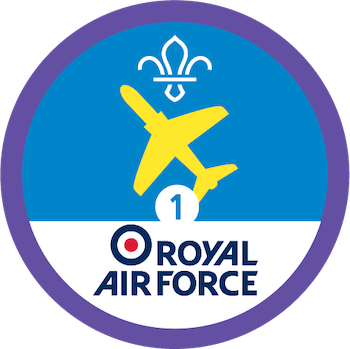
Plane game
You’ll need

Before you begin
- Choose at least three types of aircraft you’d like to use and print one picture of each.
You could use some from 'Aircraft images and facts' or choose aircraft you want to learn more about.
Play the plane game
- One by one, the person leading the activity should show the group the pictures and ask if anyone recognises them.
- The person leading the game should call out names of different aircraft and show everyone an action for each. Everyone should pretend to be or fly the chosen aircraft by doing the action. For example, gliders could stretch out their arms and walk or run around the room; helicopters could spin around with their arms stretched out, or drones could pretend to have a control in their hands.
Pilots use radars to make sure they always know what’s around them so remind everyone to stay aware of other people.
- The person leading the game should then call out one of the aircraft, and everyone should do the action. Everyone should keep going until they’re confident of the actions.
- Once everyone is confident of the actions, everyone should talk about the different types of weather that can affect aircraft. How might snow, rain, sun or storms have an impact?
For example, heavy snow makes it difficult to see and land. Extremely cold weather can also damage aircraft. Strong winds blow aircraft off-course, cause turbulence and damage hot air balloons and airships. Strong rain makes it hard for pilots to see and turns ground wet and slippery, so it’s difficult to land safely.
- Everyone should play the game again, but this time the person leading the game should include weather instructions. For example, if it’s snowy, the players could act cold and if it’s rainy, they could pretend to slip and slide.
Reflection
This activity helped everyone to think about the different types of aircraft, the way they move and how the weather affects them. Everyone should talk about whether there are some weather conditions that mean that pilots can’t fly at all. Pilots have lots of equipment they can use to check weather and they follow safety alerts, so they can make informed decisions about how or if they should fly.
Knowing the impact of different weather on their aircraft helps pilots assess the safety of flying. Everyone should think about whether all aircraft is affected in the same way by different weather. For example, drones are small and might be affected by wind, rain and snow more than a glider or helicopter. Hot air balloons are controlled by the direction of the wind so are difficult to fly in very windy weather and can’t fly at all if there’s no wind.
Safety
All activities must be safely managed. You must complete a thorough risk assessment and take appropriate steps to reduce risk. Use the safety checklist to help you plan and risk assess your activity. Always get approval for the activity, and have suitable supervision and an InTouch process.
- Active games
The game area should be free of hazards. Explain the rules of the game clearly and have a clear way to communicate that the game must stop when needed. Take a look at our guidance on running active games safely.
Make the game more challenging by increasing the number of aircraft used in the game.
Add in direction instructions so everyone moves north, south, east or west, as well as pretending to be a type of aircraft, for example “Gliders, north” or “Helicopters, south” Mark the directions in your meeting place. If no direction is called, everyone can move in any direction they want.
Allow players or work in pairs and assist each other.
All Scout activities should be inclusive and accessible.
Try making a model aircraft that can move or fly such as a paper glider or hot air balloon using a plastic bag.
Visit an airfield or air museum to see some of the aircraft used in the game.
Print all five aircraft pictures and ask everyone to choose the three types they’d like to use in the game.
